
5-14 #HaveOurBacks : OPPO may be forced to cease all operations and pull out of France; OPPO is shutting down its ZEKU chip unit; Samsung plans its next few gen of S Ultra to use 200Mp; etc.

OPPO is allegedly shutting down its ZEKU chip unit, which made MariSilicon chips. ZEKU covers product lines including core application processors, short-distance communication, 5G Modem, radio frequency, ISP and power management chips, etc. Founded in 2019, ZEKU focuses on providing hardware and software support for high-end flagship mobile phones.(Android Headlines, CN Beta, Sina, EET-China, Twitter, STCN, 21Jingji)
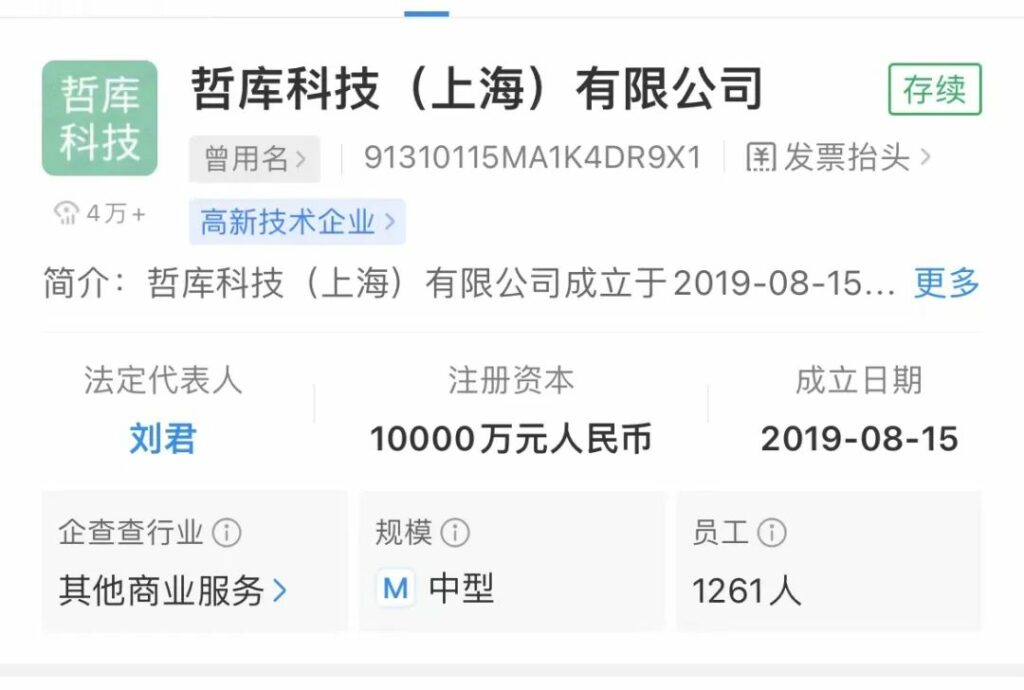
MediaTek has expanded its Dimensity portfolio with its new Dimensity 9200+ chipset for flagship 5G smartphones. It combines one ultra-core Arm Cortex-X3 operating at up to 3.35GHz, three Arm Cortex-A715 super-cores running up to 3.0GHz, and four Arm Cortex-A510 efficiency cores at 2.0GHz. It has a 4CC-CA 5G Release-16 modem that fluidly switches between long-reach sub-6GHz and super-fast mmWave connections. The chipset also supports Wi-Fi 7 2×2 + 2×2 with up to 6.5Gbps data rate, along with Bluetooth 5.3. (Android Central, Gizmo China, Android Headlines, MediaTek, XDA-Developers)
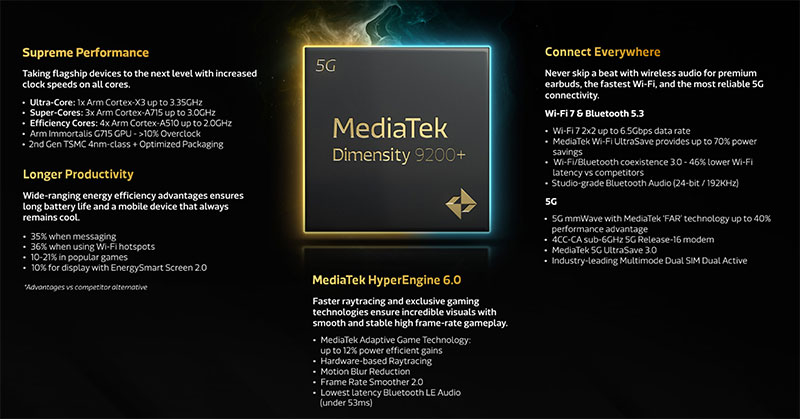
MediaTek has announced Dimensity 8050, which is basically identical to the Dimensity 1300 and 1200. The Dimensity 8050 is built on TSMC’s N6 (6nm) process and comes with a 5G modem. The octa-core processor has four fast Cortex-A78 cores and four efficient Cortex-A55 cores. The Cortex-A78 units are actually divided between 1 Super Core running at up to 3GHz, and three Performance Cores ticking at up to 2.6Ghz. The chipsets supports up to 16GB of LPDDR4x RAM and UFS 3.1 storage. (GSM Arena, MediaTek, Gizmo China)
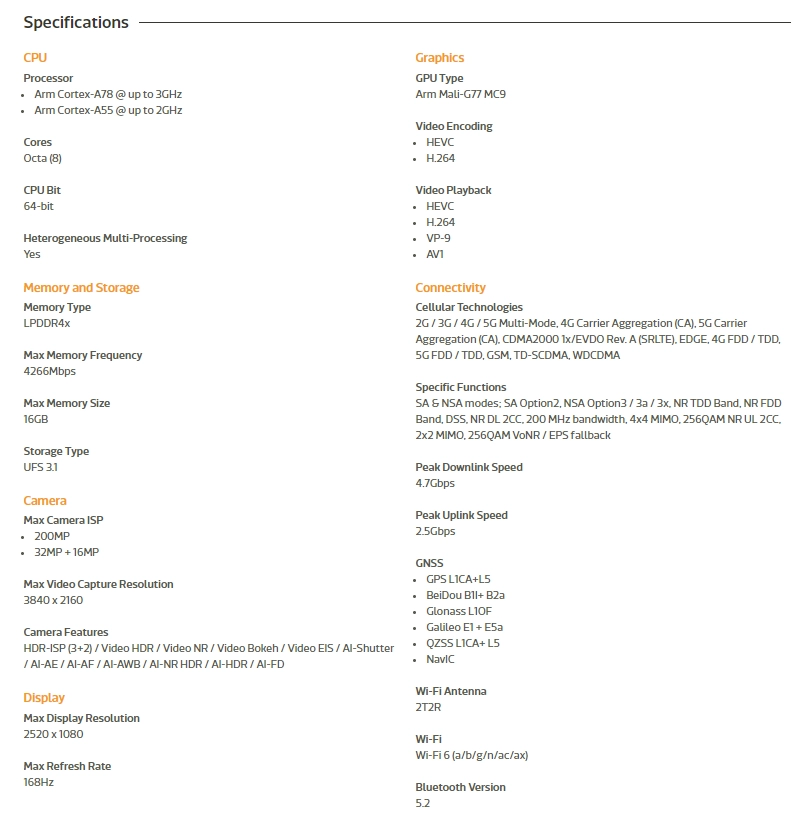
Qualcomm has agreed to acquire an Israeli fabless chipmaker called Autotalk for USD300-400M. Autotalks creates chips and vehicle-to-everything (V2X) communication technologies dedicated towards boosting road safety for both ordinary and driverless vehicles. In its announcement, Qualcomm said that Autotalks’ “production-ready, dual mode, standalone safety solutions” will be incorporated into the Snapdragon Digital Chassis, its set of cloud-connected assisted and autonomous driving technologies. (Engadget, Reuters, TechCrunch, Qualcomm)

India plans to reopen the application process for USD10B in incentives and assistance to encourage chip manufacturing, as previously announced projects are taking too long. India is keeping the process open-ended, doing away with a previous 45-day requirement to submit applications. India now plans to allow companies to apply again and is set to accept applications until its budgeted USD10B in incentives is exhausted. In Sept 2022, Vedanta and Foxconn, formally called Hon Hai Precision Industry, signed a pact with the western Indian state of Gujarat to invest USD19.5B to set up semiconductor and display production plants. (My Drivers, Live Mint, India Times, Reuters, Indian Express, Bloomberg)

Visionox has introduced its groundbreaking Visionox Intelligent Pixelization (ViP) technology. This development has increased AMOLED pixel density to an impressive 1700 ppi or more. ViP technology offers significant improvements to AMOLED displays, including an impressive increase in the effective emitting area (aperture ratio) from the standard 29% to a remarkable 69%. In addition, it pushes pixel density to new heights, surpassing 1700 ppi. When combined with Visionox’s Tandem stacked devices, ViP technology is capable of delivering up to six times longer device lifespan or four times greater brightness compared to Fine Metal Mask (FMM) AMOLED screens.(Gizmo China, IT Home)
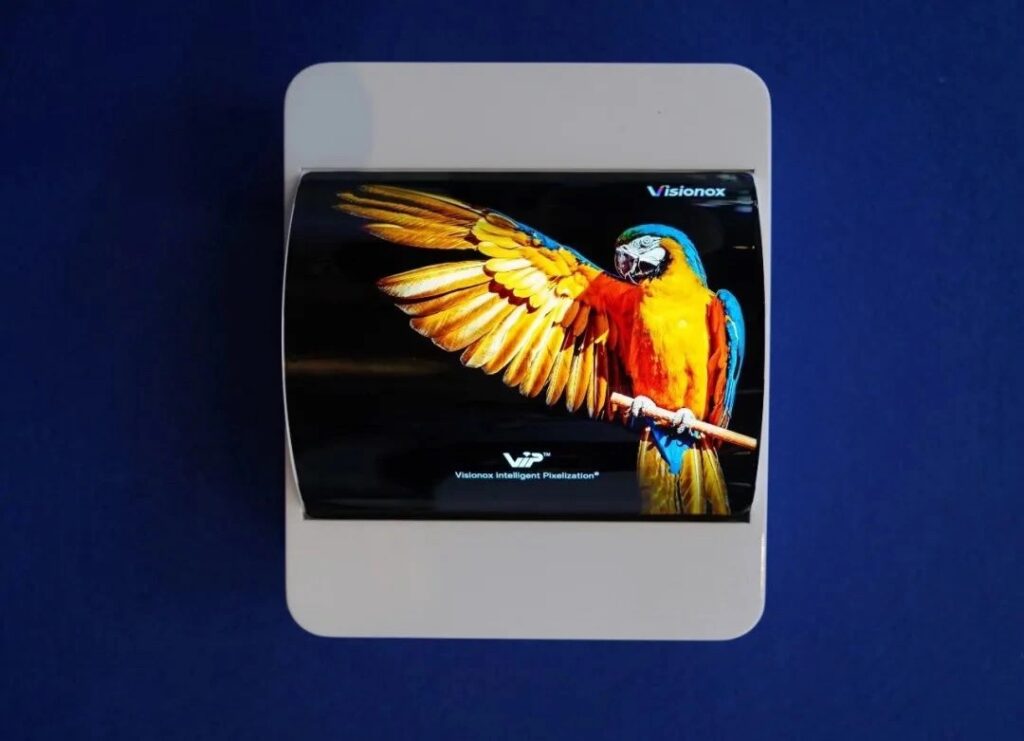
Nubia has plans to launch a foldable smartphone. The Nubia Z60 Fold will feature a 7.3” AMOLED foldable display. It is reportedly to be launched in 4Q23. (Android Headlines, Pricebaba)
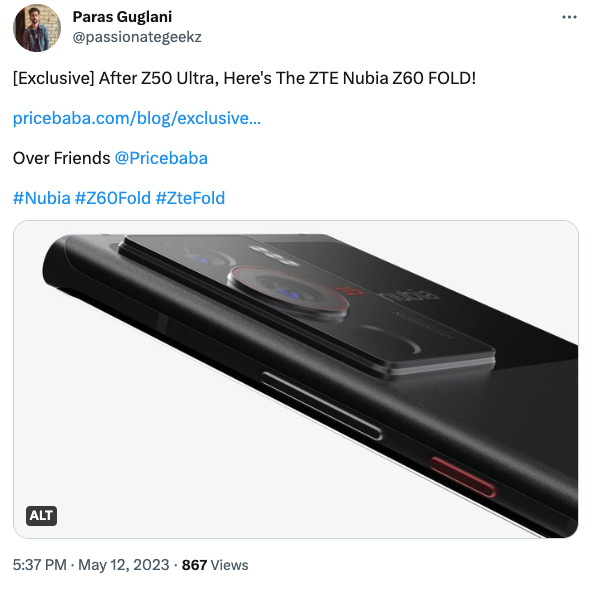
According to the Institute for Information & Communications Technology Promotion (IITP), Apple is expanding its use of in-house components such as chips and displays in its flagship iPhones as part of a strategy to maintain its dominance in the market. The IITP said that Apple has emerged as a new player in the display market when seen from a long-term perspective. However, it will continue to source at least 60% of its components from Korean display manufacturers such as Samsung Display and LG Display for the next several years. Apple’s transition to micro light-emitting diode display (microLED) technology away from the existing organic light-emitting diode displays for Apple Watch Ultra can be a new opportunity for Korean display makers in the microLED market. Apple is planning to start using its own in-house microLED displays on its smartwatches as early as the end of 2024. (Phone Arena, Digitimes, Korea Herald, MicroLED Association)
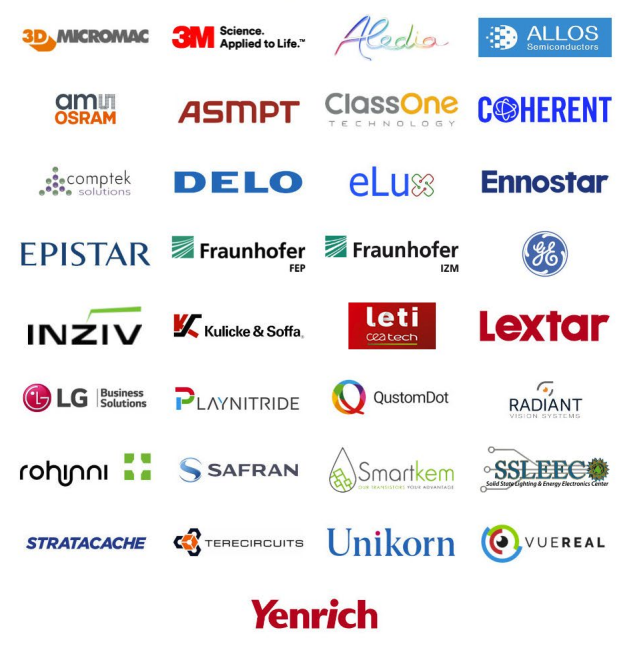
Apple plans to transition Macs and iPads to OLED displays over the next few years. Apple’s declining revenue from MacBook sales has threatened Apple’s OLED plans. Panel suppliers are holding back key investment in next-gen OLED production lines over rising concerns about slumping Mac sales. Samsung Display and LG Display have yet to place orders for key equipment needed to build the Gen 8 production lines, which take at least a year to complete. In Apr 2023, Samsung Display said it plans to spend KRW4.1T building Gen-8 OLED lines up to 2026. Japan’s Canon Tokki, the maker of deposition machines that will be used in Gen 8 OLED lines, is demanding Samsung Display pay not just the machine price but the development fee as well. For LG Display, which is in the red, spending billions of dollars on Gen 8 OLED lines without guaranteed orders will be a difficult choice to make. Back in 2019, it completed its Gen 8 white-OLED line for TV panels in Guangzhou in 2019. But as there was no demand, the factory effectively sat still for a year. (CN Beta, MacRumors, The Elec, Medium)
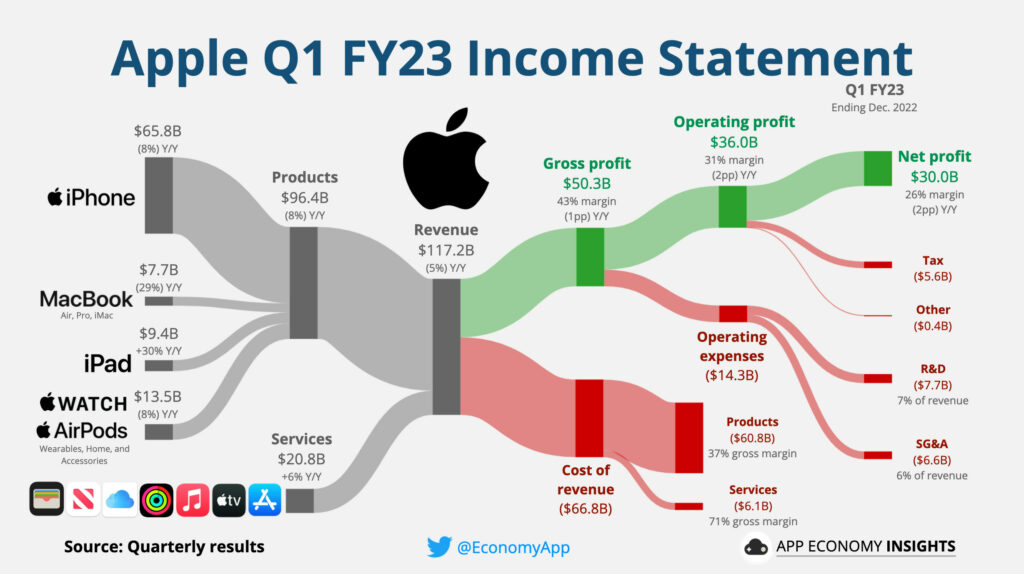

Samsung plans the Galaxy S24 Ultra, Galaxy S25 Ultra, and Galaxy S26 Ultra will all have 200Mp main cameras. The Galaxy S27 Ultra however is rumored to feature 1” sensor. Samsung may be confident in its ability to produce high-quality images with 200Mp sensors. Another possibility is that Samsung is waiting for the 1” sensor market to mature before making the switch.(GizChina, SamMobile, Twitter, Tudocelular)
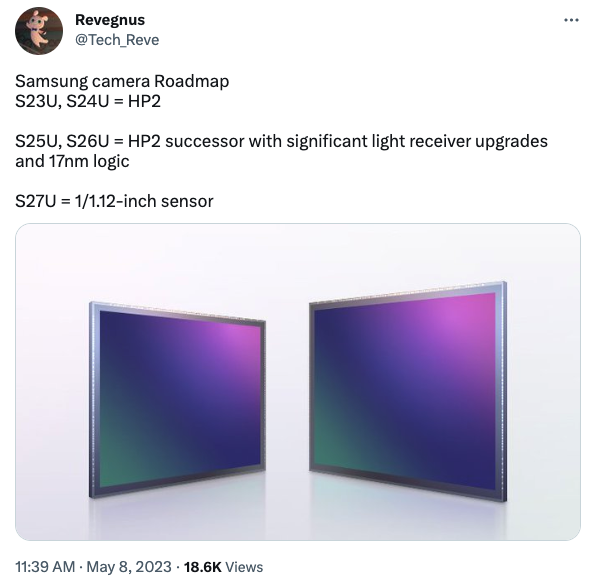

Samsung Electronics has announced its development of the industry’s first 128-gigabyte (GB) DRAM to support Compute Express Link (CXL) 2.0. Samsung worked closely with Intel on this landmark advancement on an Intel Xeon platform. Building on its development of the industry’s first CXL 1.1-based CXL DRAM in May of 2022, Samsung’s introduction of the 128GB CXL DRAM based on CXL 2.0 is expected to accelerate commercialization of next-generation memory solutions. The new CXL DRAM supports PCle 5.0 interface (x8 lanes) and provides bandwidth of up to 35GB per second. Montage Technology is to mass produce the first controllers to support CXL 2.0.(My Drivers, Samsung, SamMobile)
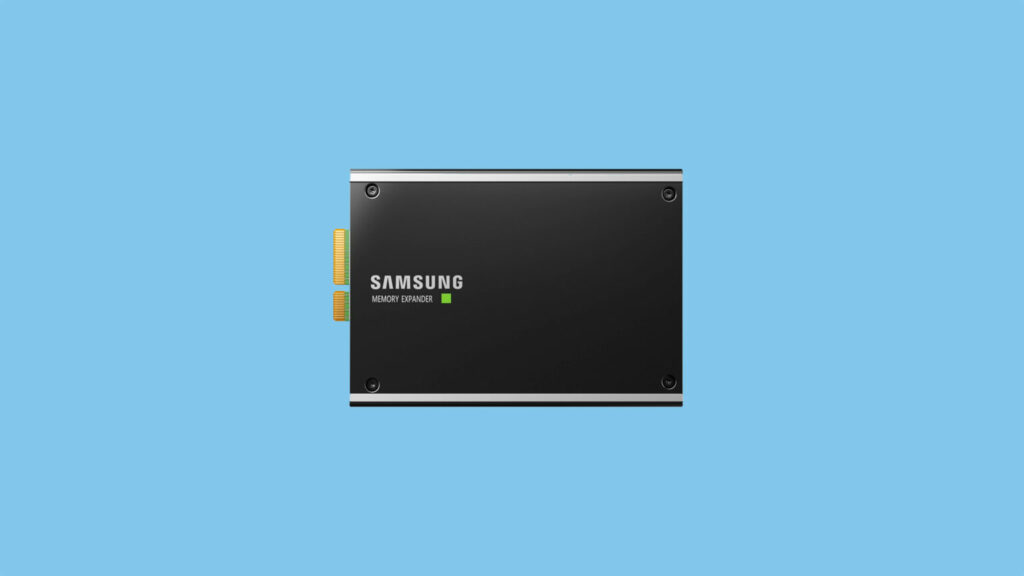
Western Digital has revealed that it detected a “a network security incident” where hackers “gained access to a number of the Company’s systems”. Western Digital is working with “outside forensic experts” it confirmed that hackers “obtained a copy of a Western Digital database used for our online store that contained some personal information of our online store customers”. The stolen data included “customer names, billing and shipping addresses, email addresses and telephone numbers,” as well as “passwords and partial credit card numbers” that were encrypted, hashed, and salted.(TechCrunch, Western Digital)


Samsung Electronics has announced that the Irregular Heart Rhythm Notification (IHRN) feature of the Samsung Health Monitor app has received FDA clearance. Together with the app’s existing on-demand Electrocardiogram (ECG) function, the IHRN feature proactively monitors heart rhythms suggestive of atrial fibrillation (AFib), right from their wrist. Once activated in the Samsung Health Monitor app, the feature will check for irregular heart rhythms in the background via Galaxy Watch’s BioActive Sensor. If a certain number of consecutive measurements are irregular, Galaxy Watch warns the user of potential AFib activity, prompting them to take an ECG using their watch for a more accurate measurement.(Phone Arena, Samsung, Neowin)

Panasonic has said that it will delay the commercial production of its 4680 battery cells championed by Tesla CEO Elon Musk and begin operations during Apr-Sept 2024, later than previously scheduled, as the company aims to improve their performance. Panasonic previously planned to start volume production for Tesla in Apr 2023 – Mar 2024. Tesla is using the 4680-type cell for the base Model Y vehicles produced at Gigafactory Texas. The company plans to equip its other vehicles with it, though, including the Cybertruck, which will enter mass production in 2024.(Engadget, Reuters, Electrek, Benzinga)
Rooftop solar arrays on industrial buildings could potentially meet the electricity demands of up to 35% of US manufacturing sectors annually, according to a study conducted by IOP Publishing. On-site sources of renewable energy currently supply less than 0.1% of industrial electricity demand in the US. The industrial sector accounts for 38% of global energy consumption and 37% of greenhouse gas emissions. Despite having the potential to cover 13.6% of the national electricity demand, rooftop solar arrays currently account for just 2.2% of the electricity grid mix. (CN Beta, IOP Publishing, Electrek)
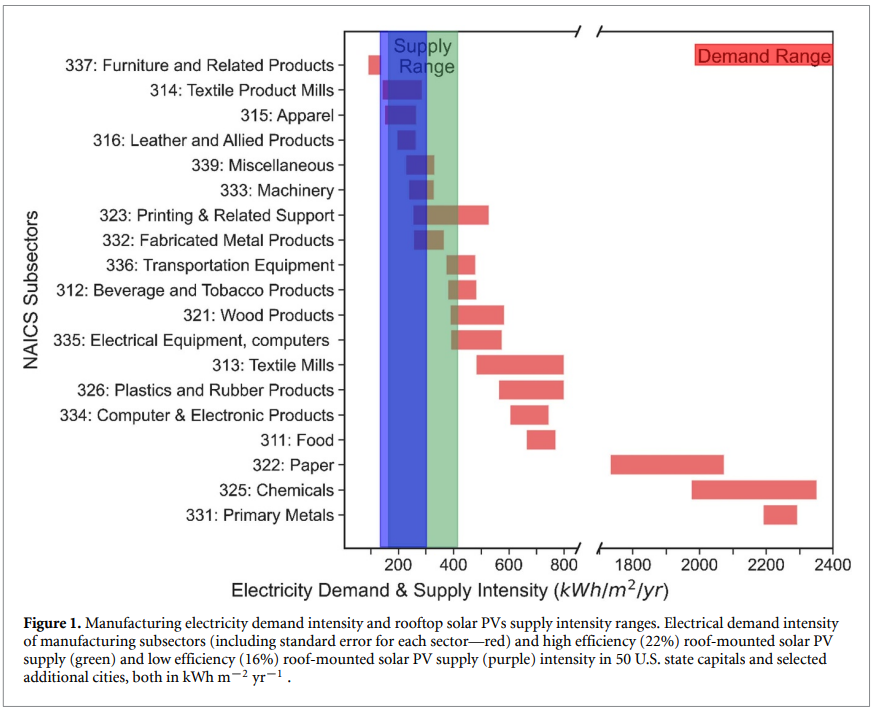

A group of European space and telecommunications players have come together to form a partnership to respond to the European Commission’s call for tender related to the future European satellite constellation IRIS² (Infrastructure for Resilience, Interconnectivity and Security by Satellite). IRIS² aims to bring a new secure and resilient connectivity infrastructure to European governments, businesses and citizens. The open consortium will be governed by Airbus Defence and Space, Eutelsat, Hispasat, SES and Thales Alenia Space. The consortium will also rely on the core team of the following companies: Deutsche Telekom, OHB, Orange, Hisdesat, Telespazio, and Thales. Together, they will aim to create a state-of-the-art satellite constellation based on a multi-orbit architecture that would be interoperable with the terrestrial ecosystem. The European Union will provide EUR2.4B, with additional contributions expected from the European Space Agency and private investments. Europe estimates the cost of this constellation at about EUR6B and desires it to be ready to provide global coverage by the year 2027. (CN Beta, Wired, Space.com, Ars Technica, Business Wire)

Vast and SpaceX are teaming up to launch the first commercial space station. Vast, a pioneer in space habitation technologies, announced their plans to launch the world’s first commercial space station, called Haven-1. Scheduled to launch on a SpaceX Falcon 9 rocket to low-Earth orbit no earlier than Aug 2025, Haven-1 will initially act as an independent crewed space station prior to being connected as a module to a larger Vast space station currently in development. The mission will be quickly followed by Vast-1, the first human spaceflight mission to Haven-1 on a SpaceX Dragon spacecraft. The vehicle and its four-person crew will dock with Haven-1 for up to 30 days while orbiting Earth. Vast also secured an option with SpaceX for an additional human spaceflight mission to Haven-1.(Digital Trends, Vast Space, PC Mag, Space.com, CNN, TechCrunch)
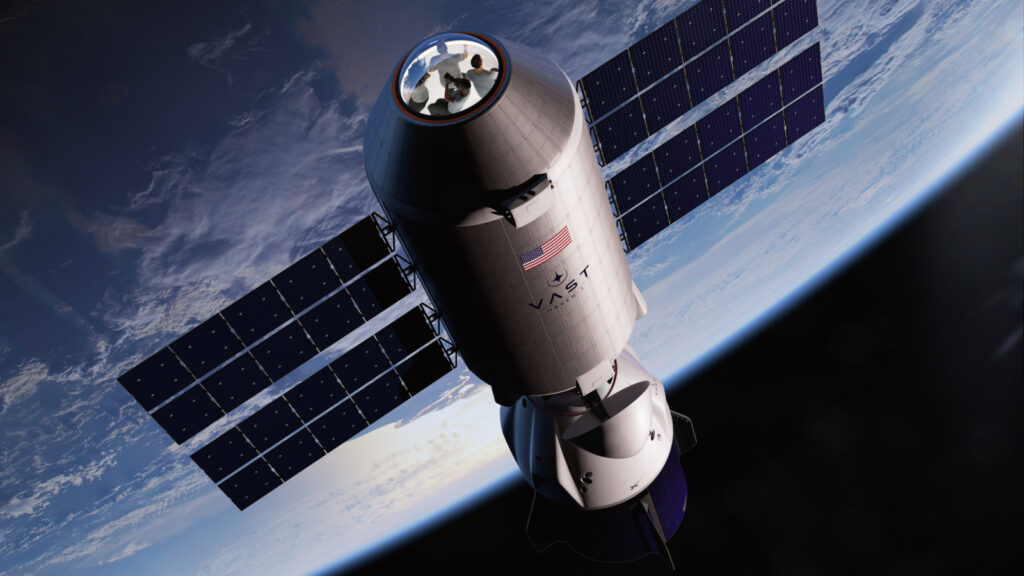

OPPO may be forced to cease all operations and pull out of France due to patent-related issues with Nokia. OPPO and OnePlus have let go of their external marketing and sales employees in France. These employees are responsible for highlighting their products in retail stores, and their job is to highlight product features in stores, train retail staff, and convert buyers from other brands. OnePlus and OPPO are looking to finish their current inventory. (Android Central, Frandroid, SamMobile, Sina)
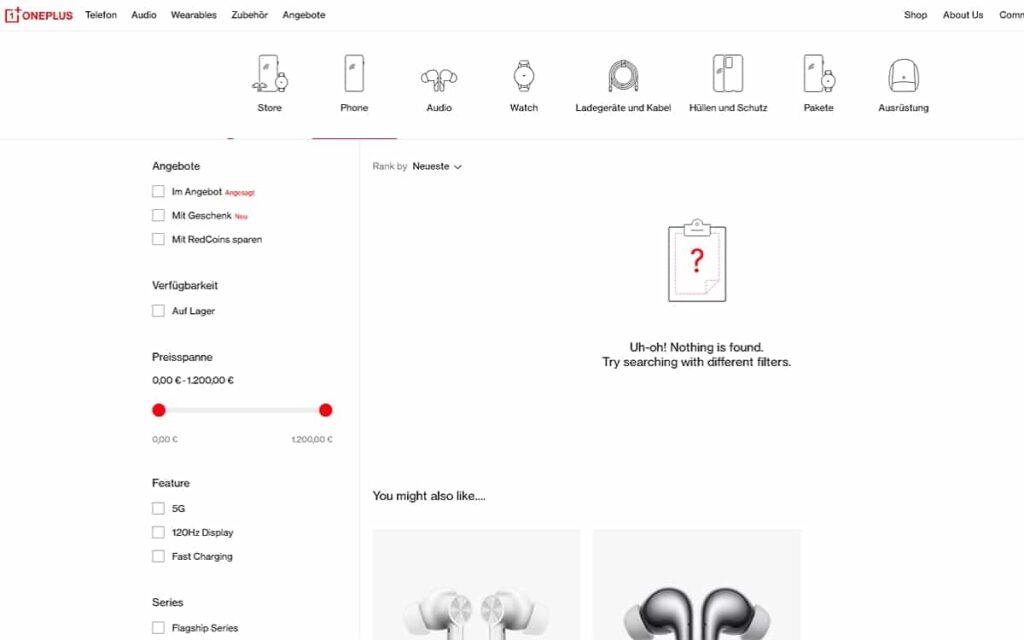
Foxconn is expanding its production in India and Vietnam, with the Apple assembly partner acquiring large stretches of land in both countries. Foxconn has acquired a 13M-square-foot parcel of land in Devanahalli, located near the airport of Indian tech hub Bengaluru. Foxconn Hon Hai Technology India Mega Development has paid USD37M for the site. Meanwhile in Vietnam, another unit of the company was in the middle of acquiring land use rights to a site in Nghe An province. That site is said to be 480,000 square meters in size, or 5.16M-square-foot. In Mar 2023, it was reported Foxconn wanted to invest approximately USD700M on a new plant to increase iPhone part production. In Vietnam in Feb 2023, it signed a lease with Saigon-Bac Giang Industrial Park Corp, to lease 111 acres (4.8M-square-foot) until 2057 for USD62.5M.(Apple Insider, Yahoo)
The New York Times is getting around USD100M from Google over 3 years as part of a broad deal that allows the Alphabet unit to feature Times content on some of its platforms. The deal includes the Times’ participation in Google News Showcase, a product that pays publishers to feature their content on Google News and some other Google platforms. It also offsets the revenue the Times is losing after Facebook parent Meta Platforms decided not to renew contracts to feature their content in its Facebook News tab in 2022. Meta had paid the Times annual fees of just over USD20M. (Android Headlines, Reuters, Yahoo, WSJ)
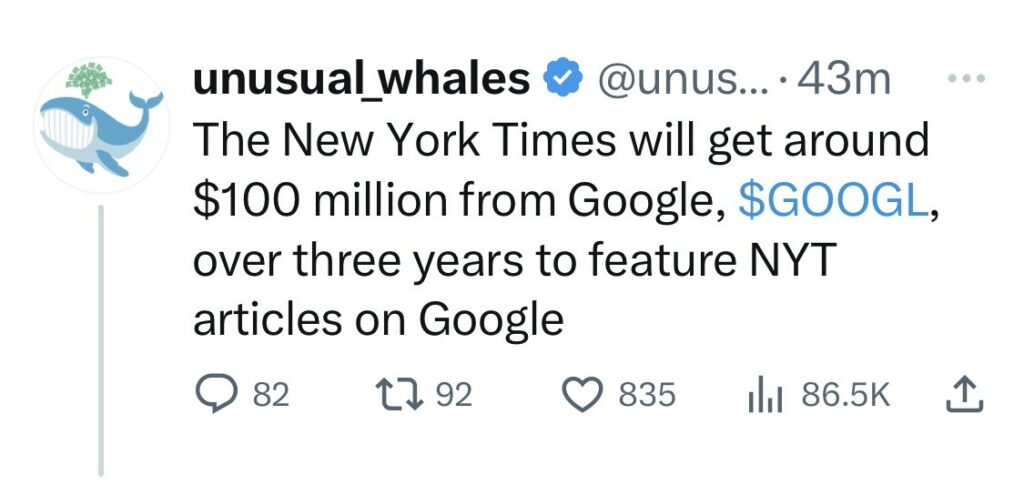
Google says the RCS messaging standard now has over 800M monthly active users. RCS is a new open messaging standard created by Google to replace SMS text messaging. While Google has been pushing RCS for every Android user, Apple never seemed open to the idea of adopting RCS on iOS, and that is because Apple already has iMessage, its alternative to SMS, available only on Apple used on the device.(Android Authority, Techgoing, 9to5Google)
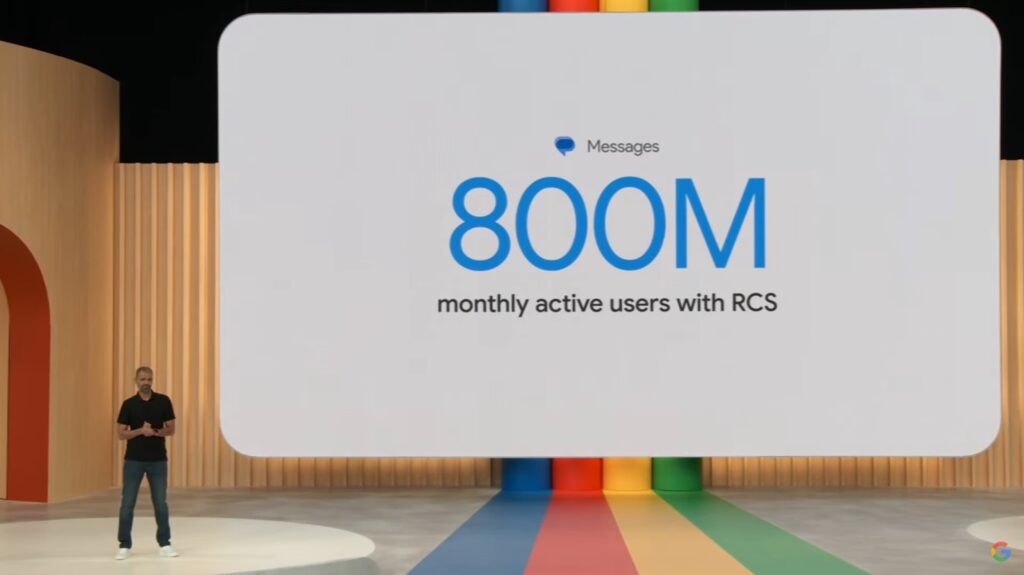
Google has announced plans to add generative AI features to its core Search platform. This will be different from using the Bard chatbot AI which is now available without a waitlist. Google states that it will test these new features in Search Labs, before they roll out to all users. Using generative AI will allow users to type in more complete search prompts. The new AI features will also include more details when shopping for an item. Google has also talked about a new Perspectives feature for Search that is designed to help people learn about something from the thoughts of others.(Neowin, Google, Google)

Wistron allegedly will mostly withdraw from India, and likely to approach the National Company Law Tribunal (NCLT) and the Registrar of Companies to dissolve its India operations within 2024. Wistron is also waiting for some subsidy payments under the smartphone production-linked (PLI) scheme, before it winds down its India operations. Tata Electronics is reportedly going to take over Wistron’s iPhone manufacturing facilities in Karnataka, which constitute the largest portion of its overall business in India. (GizChina, My Drivers, News Nine, Sakshi Post, Business Line, UDN, UDN, China Times)
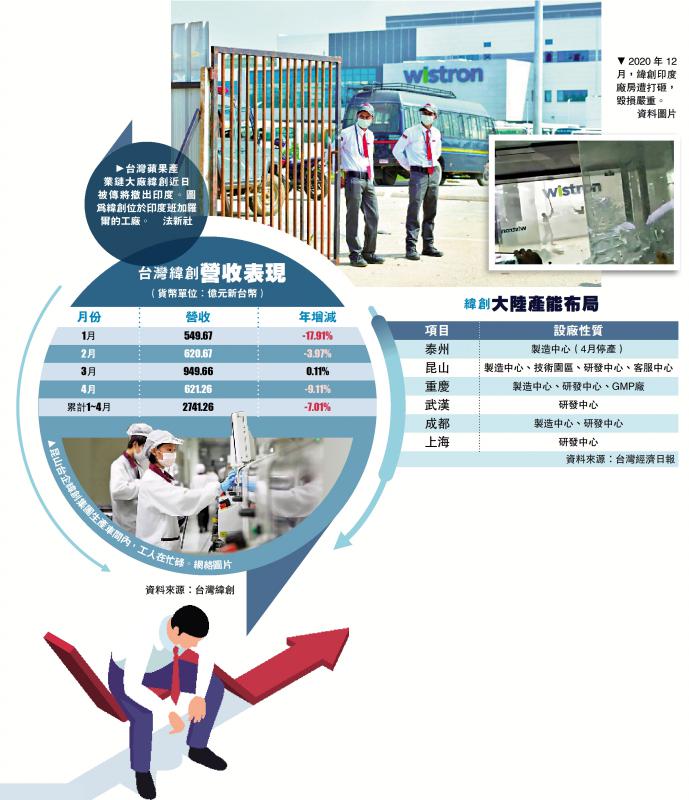
A new study has revealed that a large number of Android phones already contain malware right out of the box. This is because manufacturers delegate certain tasks to firmware suppliers, which allows malicious actors to infect products with malicious codes at the time of their delivery. One type of plugin that has been identified as a potential threat is proxy plugins. These plugins allow criminals to “rent” devices for up to 5 minutes, which gives them plenty of time to infect smartphones. The malware that is found on these devices turns them into proxies that are then used to steal and sell SMS messages, take over social media and online email accounts. Trend Micro says the data suggests that close to 9M devices worldwide are affected by this supply chain attack, the majority of which are located in Southeast Asia and Eastern Europe. (GizChina, The Register, Tom’s Guide, Black Hat Asia, TechRadar, PC Perspective)

Google has announced a partnership with Oura to add new usability to the nutrition-based health service Lifesum. Thanks to Oura, the maker of the Oura Ring smart ring fitness tracker, Lifesum will now offer a sleep-tracking feature with personalized insights and guidance. The feature offers users important access to the complex relationship between nutrition and sleep. The new partnership between Oura and Lifesum integrates via Google’s Health Connect for Android platform. (Android Authority, Android Headlines, Wearable)
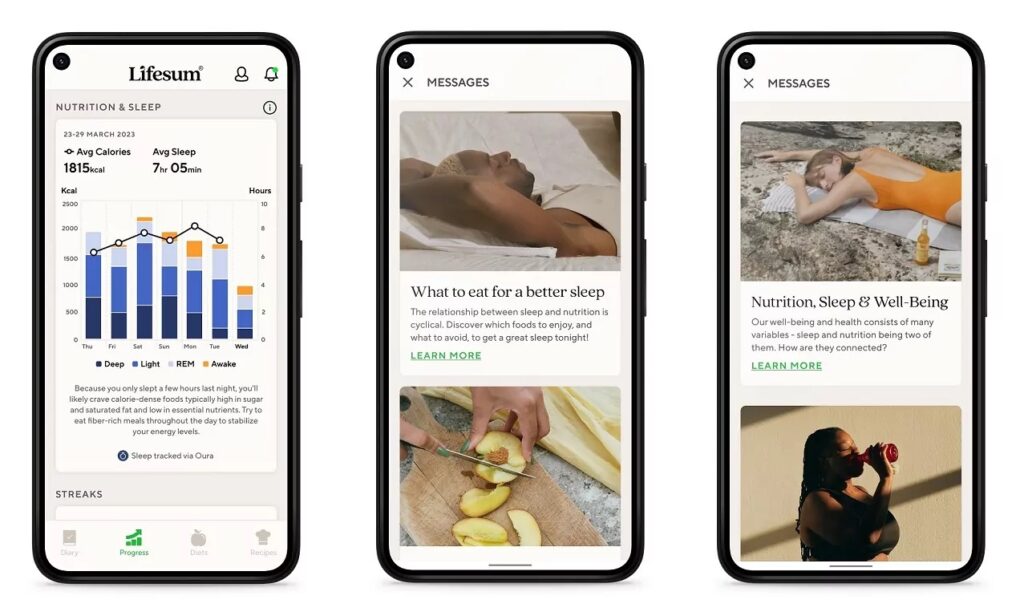
According to IDC, 25.1M wearable units were shipped in India in 1Q23, registering a strong 80.9% YoY growth but remained flat QoQ following a strong 4Q22. Share of the smartwatches grew to 41.4% from 26.8% a year ago. The earwear category also witnessed a strong 48.5% YoY growth. Improved supplies, leaner inventory, multiple new launches, and faster portfolio refresh are the key reasons for this healthy growth. Additionally, a long tail of several India based small players (collectively holding > 15% share), is further intensifying the competition, and lowering the overall ASPs to USD22.7 (vs USD29.5 a year ago) in 1Q23. The dominance of online channel remains with a share of 73.9% in the overall wearable market. (GSM Arena, IDC)
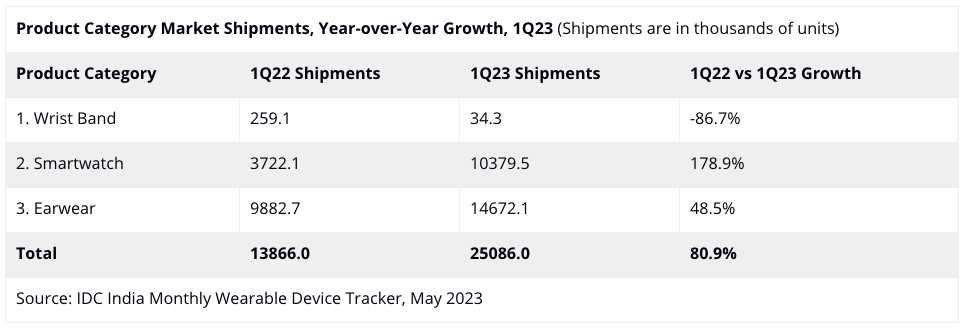
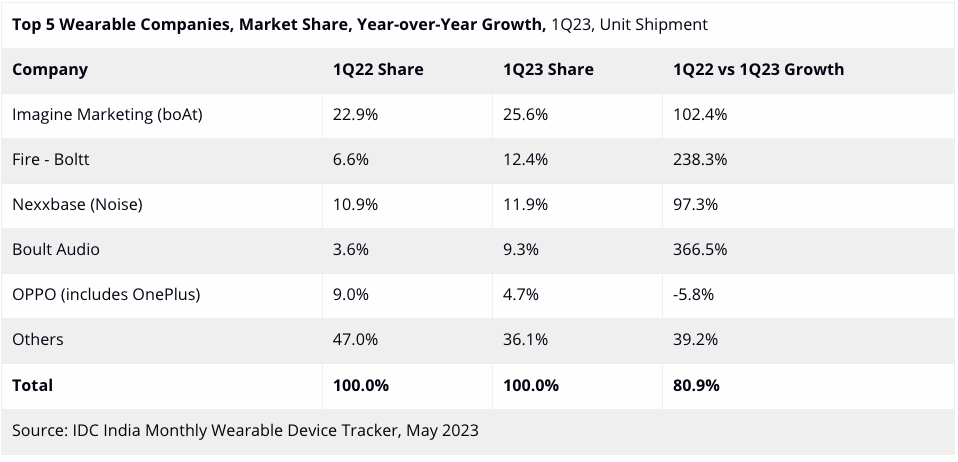
Videomax International (VMI) has announced the launch of Skyball, a new-age Home Audio, smart accessories, and Consumer Electronics brand. Skyball’s first range of products will have home audio products, including party speakers, tower speakers, bluetooth speakers, soundbars. The brand also plans to expand its portfoliop in the wearables category with the launch of its smartwaches in Jun 2023. VMI has committed to investing INR100 crores in the next 3 years in Skyball’s growth, with the aim of achieving a turnover of INR500 crore in the same period. Skyball is targeting a turnover of INR100 crore in 2023. VMI has 2 manufacturing plants located in Greater Noida and Roorkee.(Gizmo China, India Times, India Times, Express Computer)
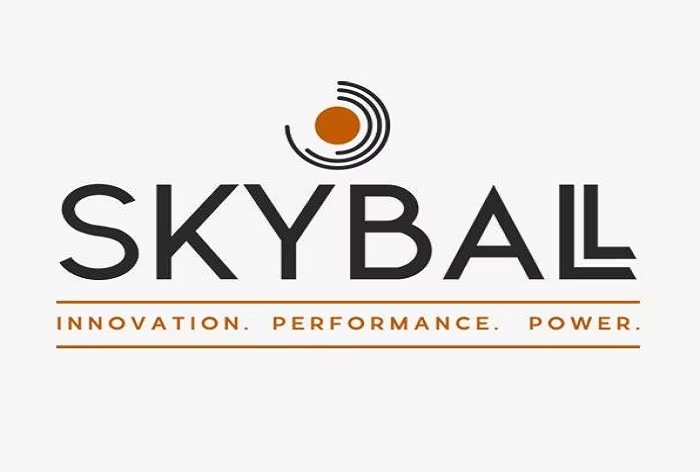

Toyota Motor has revealed that the vehicle data of 2.15M users in Japan, or almost the entire customer base who signed up for its main cloud service platforms since 2012, had been publicly available for a decade due to human error. The incident, which also affected customers of its luxury brand Lexus, comes as the world’s biggest automaker by sales makes a push into vehicle connectivity and cloud-based data management which are seen as crucial to offering autonomous driving and other artificial intelligence-backed features.(GizChina, Neowin, Reuters)

Google has teased a prototype called Project Tailwind. The goal is to take a user’s freeform notes and automatically organize and summarize them. To use Tailwind — which is available through Labs, Google’s refreshed hub for experimental products — users pick files from Google Drive. Tailwind then creates a private AI model with expertise in that information, along with a personalized interface designed to help sift through the notes and docs.(Android Authority, Google, TechCrunch, The Verge)
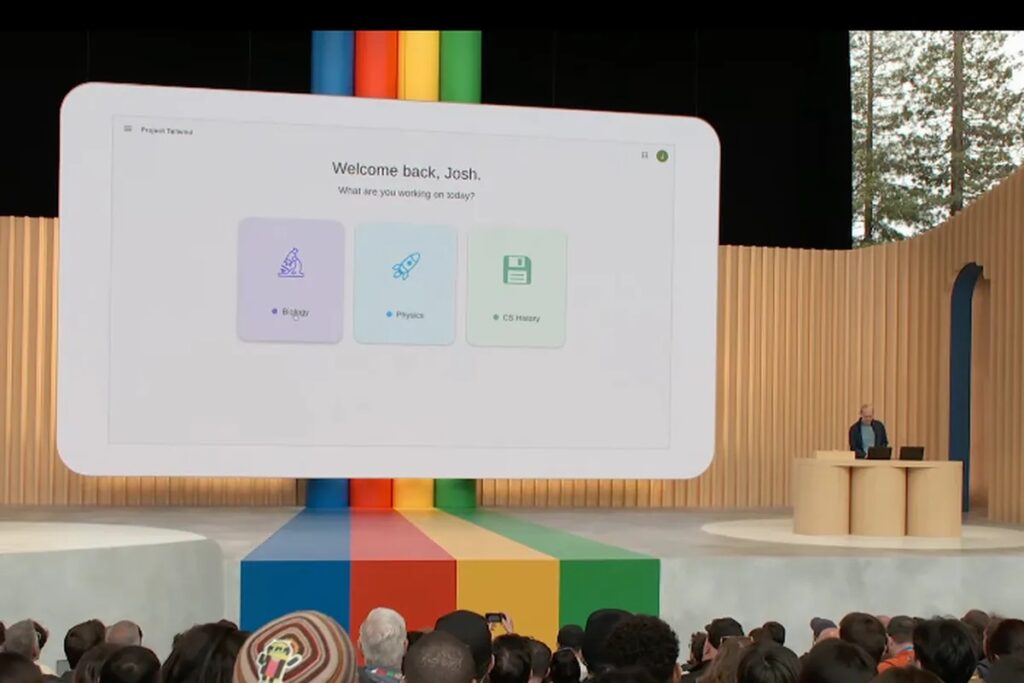
Builder.ai, a company that makes it possible to build software without technical expertise using artificial intelligence (AI), has received funding from Microsoft. The “equity investment” from Microsoft is just part of a wider strategic collaboration between the two companies. Aside from equity, this partnership will more tightly integrate Microsoft’s and Builder.ai’s services. Explaining a bit more about the integration, Builder.ai said that there will be integrations across Azure OpenAI Service and other Azure Cognitive Services with Builder.ai’s software. Builder.ai will also adopt Microsoft Cloud and AI.(Neowin, Builder.ai)

